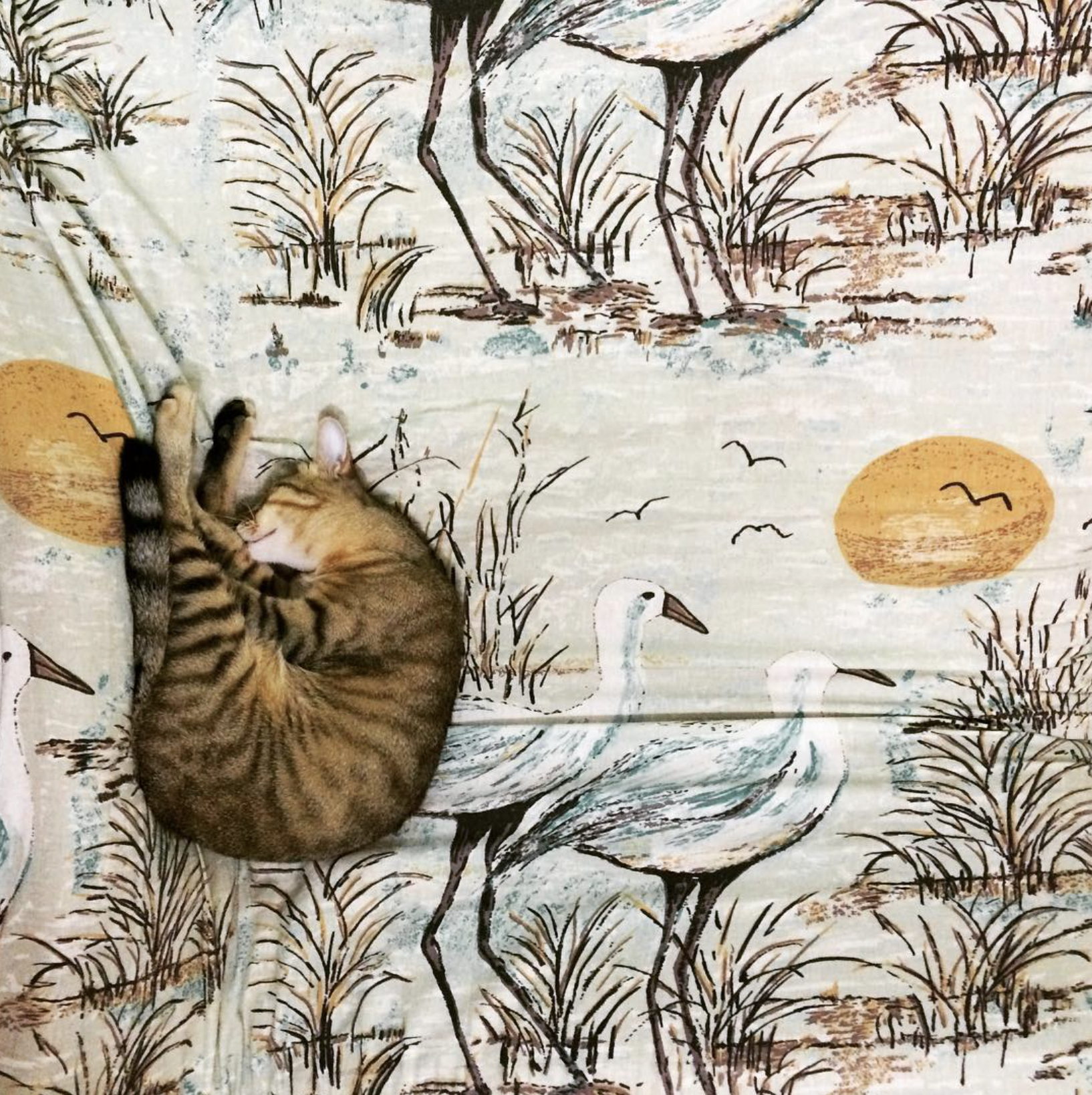For the Love of Palestine
A photo and video exhibit
originally shared at the All About Palestine event on February 1 in Richmond, VA on Powhatan land
“I want the whole world to fall in love with Palestine, the way I’m in love with Palestine.” –Vivien Sansour









My month in the West Bank changed the course of my life forever.
In 2009, the summer after my sophomore year of college, I got the opportunity to travel to Nablus, in the West Bank of Palestine.
I went with four other people to document the work of Tomorrow’s Youth Organization. My role was photographing.
Driving through the West Bank, the infrastructure of occupation and apartheid was everywhere: checkpoints, walls, Israeli soldiers, watchtowers, separate roads (settlers can travel freely on separate roads, while Palestinians have to travel through checkpoints to travel), prisons.
The chasm between the murky stories about the “Israeli-Palestinian Conflict” that had made their way to me in my upbringing in American media - and the harsh, brutal, undeniable reality of oppression and occupation that Palestinians experience at the hands of Israel was stark.
It was clear that this was not a conflict, not an ‘ages-old religious battle’ - but a system of apartheid established through genocide and settler colonialism, maintained through unrelenting propaganda.
Both the West Bank and Gaza are open-air prisons.
I was shocked to learn that Palestinians in the West Bank don’t have citizenship. Israel arbitrarily and cruelly controls their lives. Palestinians face constant threats of violence (by settlers and soldiers), and endless red tape (as they have to ask Israel permission to travel, build, and work).
It was clear that the power difference between Palestinians and the occupation forces who control their lives had no equivalence.

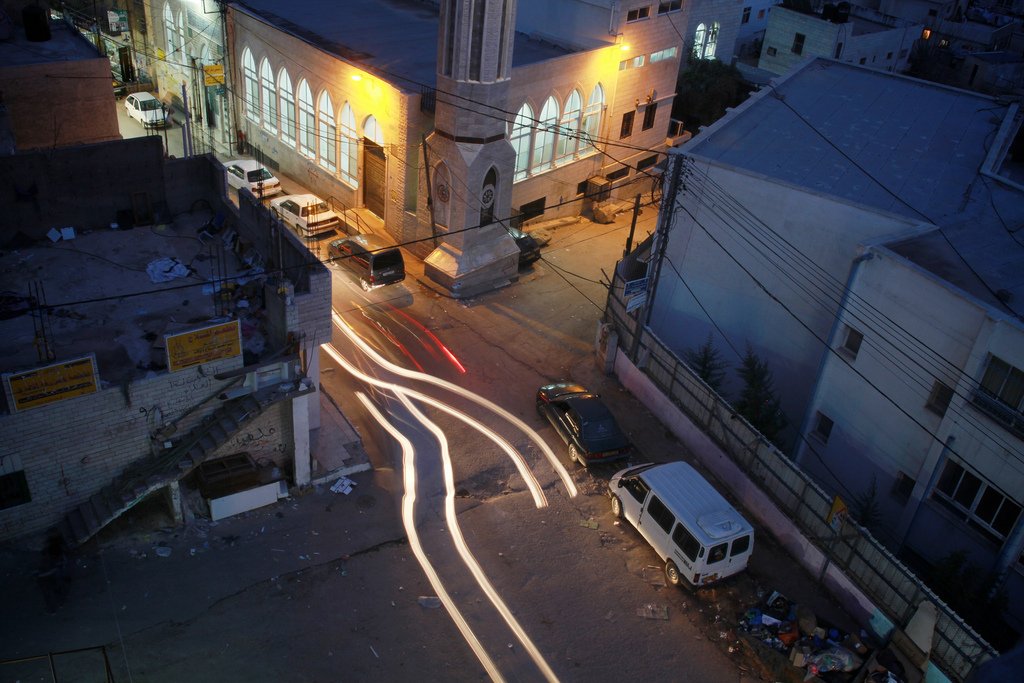






Journal entry June 2009:
“Since 2001, Nablus has been closed. 7 checkpoints surround Nablus: need ID and permit. Israel requires permits for cars, people, and goods. Army does still invade. Many kids’ parents are imprisoned by Israel. Many volunteers are arrested. Creates fear, diminishes hope. Many children pee their pants uncontrollably after experiencing trauma. Many people have anxiety disorders, sleeping problems. ”
Israel flies F-16s overhead, you can’t see them, only hear them. They drop sonic booms to scare people. It feels and sounds like a bomb is dropping, and some buildings shake. Psychological tactic.
People only have access to water three days a week.
Foreign army controls land. no civil rights.
Settlements: towns are bulldozed for Israeli settlers, take over good agricultural land. Husband imprisoned for protesting the demolition. Kids hear the army in the middle of the night.
Apartheid wall built in 2001: 2x higher and 4x longer than Berlin wall. Meant to confiscate land for settlers.
190 settlements in the West Bank by 2006 and 220 by 2009, connected by networks of roads that only Jewish settlers are allowed on. Settlers can go where they want with guns in any Palestinian city. No punishments for killings. 420,000 settlers in West Bank and Jersulalem in 2006.
Taxation of Palestinians. Collective punishment through demolition.”

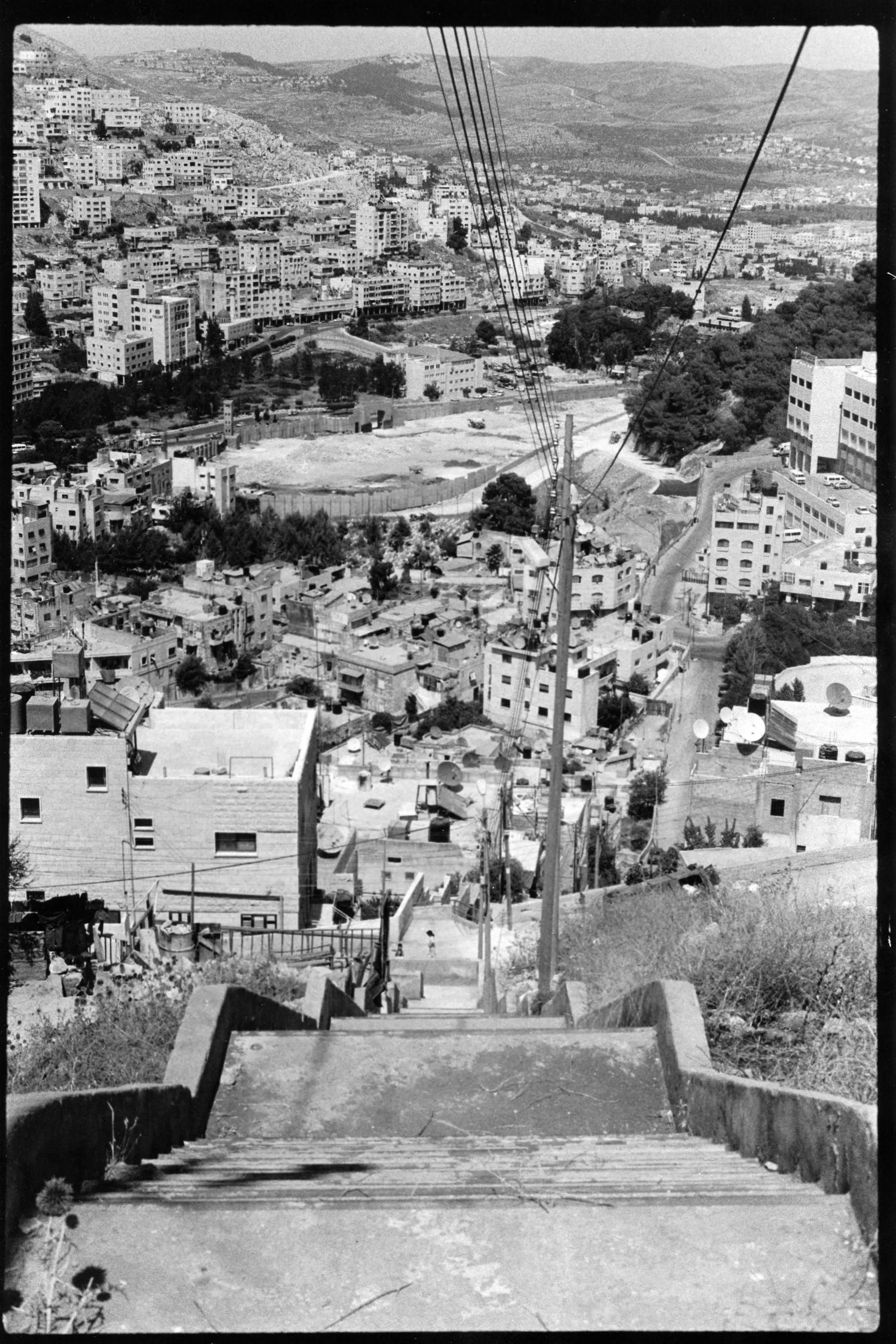
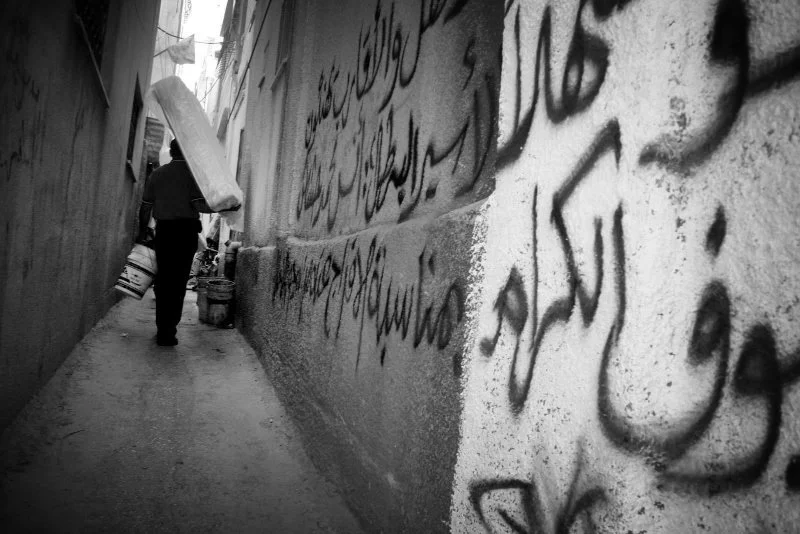
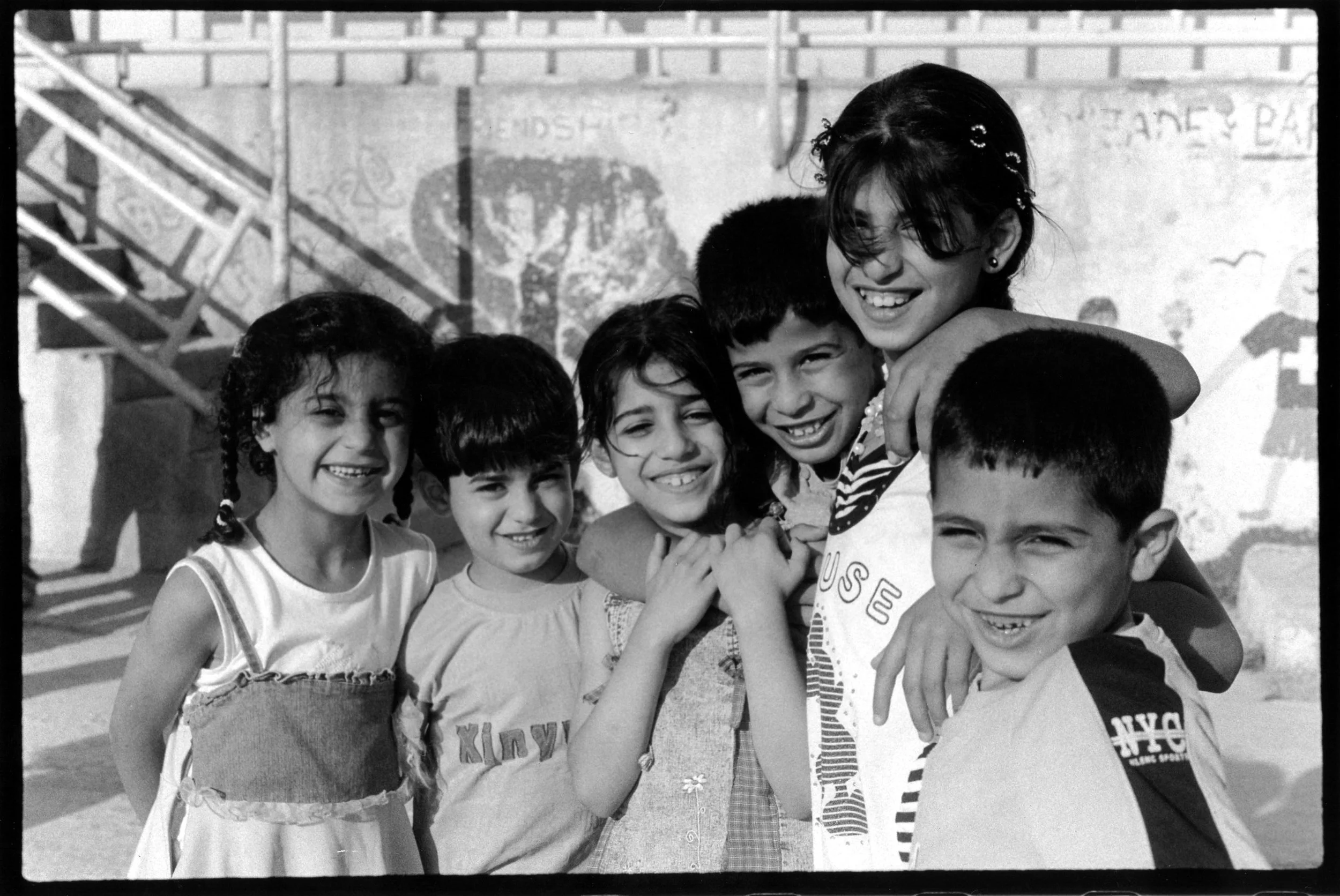

Journal Entry June 6, 2009:
I’m staying in Nablus, one of the oldest cities in the world - over 5 millennia.
I visited two of the three refugee camps in Nablus: Belata and Askar.
In Balata, 35,000 people live within 2km. Many of the residents in Balata came in 1948, after Zionist militias forcibly displaced them from their ancestral villages. 400 Palestinian villages were destroyed in Nakba. 80% of Palestinians were displaced. People still have the keys and deeds to their family homes they were expelled from.
The camps started as tents, then became one story homes, then built up over time. There are tiny alleyways between homes. No privacy at all. Israeli army can’t travel through alleys so they blow up walls of one home to get to another house. Walls always have to be rebuilt.
Rebuilt walls are often thin, then sometimes collapse. Sometimes, you can see 6 homes over.
In the camps, children lose their ability to see long distances, their eyesight adapts to an environment where nothing is more than 5 meters ahead. Street are narrow, rooms are small.
In 2003 there was an 80 day, 24 hour curfew where the Israeli army hurt anyone who left their home. Kids remember this.
Not uncommon to hear, “Israeli Army invaded this person’s house last night”
In Askar, “Israeli soldiers come and destroy what we have built. It is enough to see children laugh. We must look toward the future. we have lost much, but we must look toward the future”
Many arrested under 16 years of age. Sign says, “Jaffa...my city” - this camp was formed from refugees of Jaffa.
Tomorrow’s Youth Organization
*
Tomorrow’s Youth Organization *
Tomorrow’s Youth Organization in Nablus serves as a community hub for supporting the well-being of women and children. Most importantly, they offer kids (many of whom have experienced violence & trauma) a safe place to play.
“Play is a part of treatment. I wish no kids were killed in the street. I wish no fathers were lost. But this is their life. How are you going to assess trauma if you do not give them space to express their story?
Israeli soldiers invaded my house once. My sons still repeat the experience. Repeating means healing. If you don’t express yourself, it can be disastrous. It can destroy your life. We at TYO validate their story. We believe them. We hear them.”
Imagination is hope. When you imagine, you are healing yourself. We have tanks. We have invasion. But you ask them, “What do you wish you had?” “i wish i could be at the beach. I dreams that i was a queen.’ They are wishing. They are dreaming.
When you return to the United States, you must tell them that the kids here need to live in peace. They are beautiful. They’re normal kids, too, but they need things. They are missing things. You have to tell them that we deserve to live like normal people. We deserve to be respected like everyone else in the world.”
-Suhad, Psychosocial Specialist at TYO.
LEARN ABOUT TOMORROW’S YOUTH ORGANIZATION (TYO):
www.tomorrowsyouth.org
DONATE:
https://tomorrowsyouth.org/donate

















One day during my time in Nablus, I was walking down the street in the neighborhood I was staying in, and I met two sisters, Farida and Fauzia, who beckoned me to their family home. I was invited in for tea, which soon turned into being generously showered with food and affection from their mother, Firyal.
I could barely speak Arabic, so we communicated without many words. I spent several afternoons in their home, playing with the kids, allowing them to dress me up in hijab, and always being insistently fed.
In my final week in Nablus, a translator named Dema agreed to join me at their family’s home so that I could learn more about their family’s story. Here’s what I wrote down from that conversation:
“It’s so difficult. There are ten of us. My husband is sick. During the intifada, two of my sons were shot by Israeli soldiers for breaking curfew. One was shot in the back of the head. He was in the hospital for ninety days.
I am afraid to send my kids to school. I don’t want them to be shot by Israelis. There are many wounded people in this family.
They come home from TYO (Tomorrow’s Youth Organization) very happy. They play games together there and love it. Before, kids played in the streets. TYO welcomed Fauzia, and this is the best thing they did.
Fauzia and Farida both have PTSD. They witnessed death. Fauzia was unable to communicate until one day, I went to pick her up from TYO and she said, “Mom” - her first words in months. God willing, it will be a good future.”-Firyal Al-Ajooz
When I returned to the West Bank in 2012 and 2015, I surprised the Al-Ajooz family by showing up at their house. In these photos, you can see Fauzia, Farida, and their mother, Firyal, in 2009 and then six years later in 2015. I wonder how they are today.
Below: Fauzia and Farida in 2009 (left) and in 2015 (right)
Firyal, their mother in 2009 and 2015.







Journal entry June 7, 2009
A woman said to me, “The injustice here is everywhere, but the world will not believe it”
I am feeling so overwhelmed right now. I am having trouble breathing. I am so worried about bringing this back to the U.S. that no one will care and that I won’t be able to share effectively what I have learned. I can’t let that scare me away from trying.
Who am I if I avoid the confrontation and dialogue that will result from sharing what I have seen and learned?”
Journal entry June 9, 2009
I went to the Taybeh brewery. Mon-Thursday there’s no water. They used to only not have water for two days, but changed because of settlement nearby, where people have water 24/7. Trip to Ramallah used to only be 13 minutes, now it’s at least 1.5 hours because settlers wanted road, now Palestinians can’t use it. Takes them 3 hours to get to Jerusalem even though it’s 20 minutes away. Israel uses laser checkpoint for kegs. Israel doesn’t want Palestinian economy to thrive, hurts their businesses.
Journal entry March 11, 2012
Every emotion is extreme here. Yesterday, there were rocket attacks on Gaza. 16 people were killed, including kids - “collateral damage.” It makes me sick. I feel so angry- especially at Americans whose tax dollars fund this occupation, who choose ignorance and accept the dominant story. That’s why I feel like the stories of the individuals that we are documenting here are so important. But what scares me most is that we’ll make these short films, and no one will care. That’s why I think distribution will be more important than ever. If Americans knew...would they do anything?
I wish it didn’t matter what people living in the U.S. thought or knew, but it does. Our government is behind it all, and I want people to know that. I feel like there are so many more stories to be told than we even have the ability to touch the surface of.”
























































Photographs by Sami Alul
*
Photographs by Sami Alul *









































